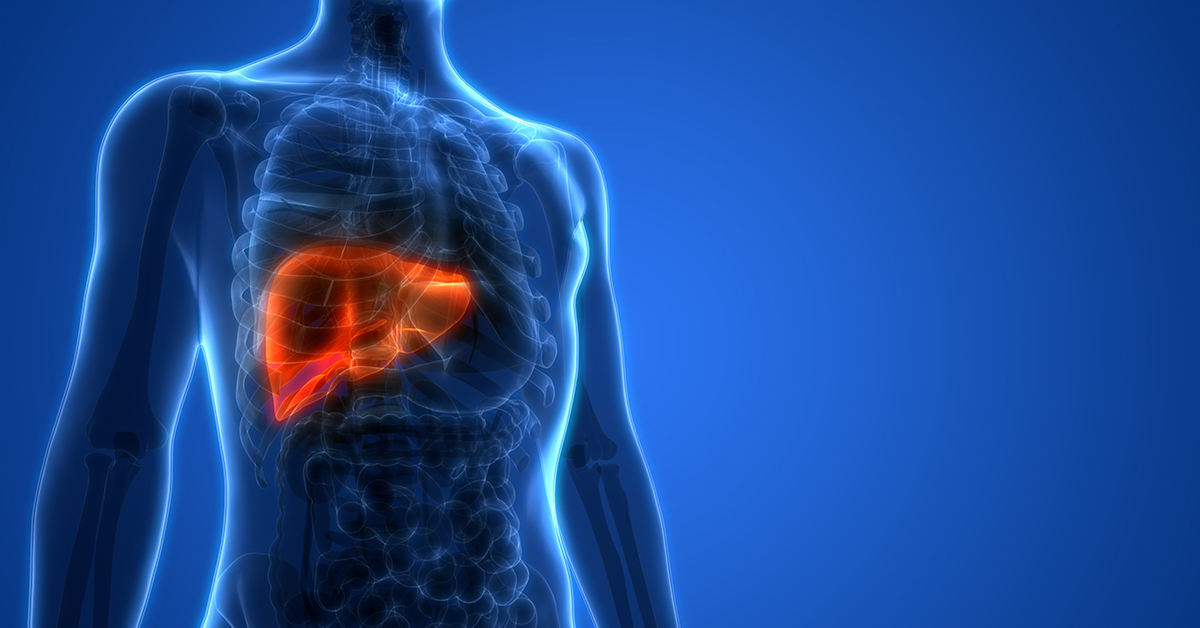The information presented in Oncology News Connection (ONC) eNewsletter is provided for physicians and other healthcare providers only and should not be shared with any current or future patients. If you are not a healthcare provider, we welcome you to sign up for Thrive eNewsletter to receive the latest information and blog highlights from Fox Chase Cancer Center.

Patients with primary or metastatic liver cancers that are not amenable to surgery, radiofrequency, or microwave ablation may benefit from a more aggressive dose of radiation. For these cases, radioembolization (which involves delivering radioactive spheres directly to the tumor) can be a good option. It is less invasive than surgery and side effects are typically less severe than other liver cancer treatments.
“Radioembolization allows a fairly aggressive dose of radiation to be delivered in settings where surgery or more targeted treatments, such as radiofrequency or microwave ablation, are not appropriate. The challenge of radioembolization is a lack of control over the dose distribution during treatment,” said Joshua E. Meyer, MD, radiation oncologist and Vice Chairman of Translational Research.
To combat this lack of control, Meyer and his colleagues at Fox Chase developed a clinical trial that used positron emission tomography-computed tomography (PET-CT) imaging to quantify the radiation dose delivered during radioembolization.

This proof of concept study evaluated patients with liver metastasis, primary liver cancer, or primary biliary cancer at baseline, three and six months after therapy. PET-CT images provided reliable estimates of the radiation dose delivered to targeted tumors, and researchers defined specific dose cut-off points where better response was observed.
The mean radiation dose delivered to the tumor differed for patients who responded to treatment or remained stable versus those who experienced disease progression. Most important, the researchers were able to correlate patient outcomes with the radiation dose delivered to the tumor.
- At three months, the mean radiation dose was 98 gray (Gy) in patients who responded to treatment or remained stable and 60 Gy in those with disease progression (p=0.026, 23 patients, 62 lesions). A similar trend was observed at six months, but did not reach statistical significance with only 16 patients remaining in the study.
- Tumor shrinkage was greater when >70 Gy was delivered to 70% of tumors in an individual patient.
“PET-CT imaging may allow us to immediately identify patients who are less likely to respond to radioembolization. By knowing this, we could potentially supplement treatment to achieve the desired radiation dose,” Meyer said. “The results are exciting, and they were greeted with enthusiasm when Dr. Avkshtol presented them at a recent American Radiological Radium Society meeting.”
The next step for Meyer and his colleagues may be an ambitious study involving the delivery of an effective radiation dose (i.e., ≥70 Gy) using radioembolization and supplemental radiation (if determined necessary by PET-CT imaging). The goal of the study is to optimize effectiveness without adding toxicity. The team will also evaluate normal tissue and compare changes in liver function based on radiation dose.
“This work is possible because of the extensive collaboration with nuclear medicine, interventional radiology, and radiation oncology at Fox Chase. It gives us an opportunity to think about problems in sophisticated, holistic ways, and provides a unique perspective that we hope will generate improvements in treatment algorithms,” Meyer said. “Knowing the dose delivered is incredibly valuable for patients who are progressing and need additional radiation. It is easier to evaluate what dose would be effective and safe when we have done a scan and have information about the dose delivered. Before this, we needed to make an educated guess.”
Three Things to Know About PET-CT Imaging and Radioembolization in Liver Cancer
- A novel PET-CT imaging method allows physicians to quantify the radiation dose delivered to tumors following radioembolization.
- In a clinical trial, patients who received >70 Gy to tumor sites were significantly more likely to respond to therapy or remain stable at three months than those who did not.
- Future research will enhance understanding of how delivering an effective radiation dose during radioembolization and providing supplemental therapy (if needed) can optimize outcomes.